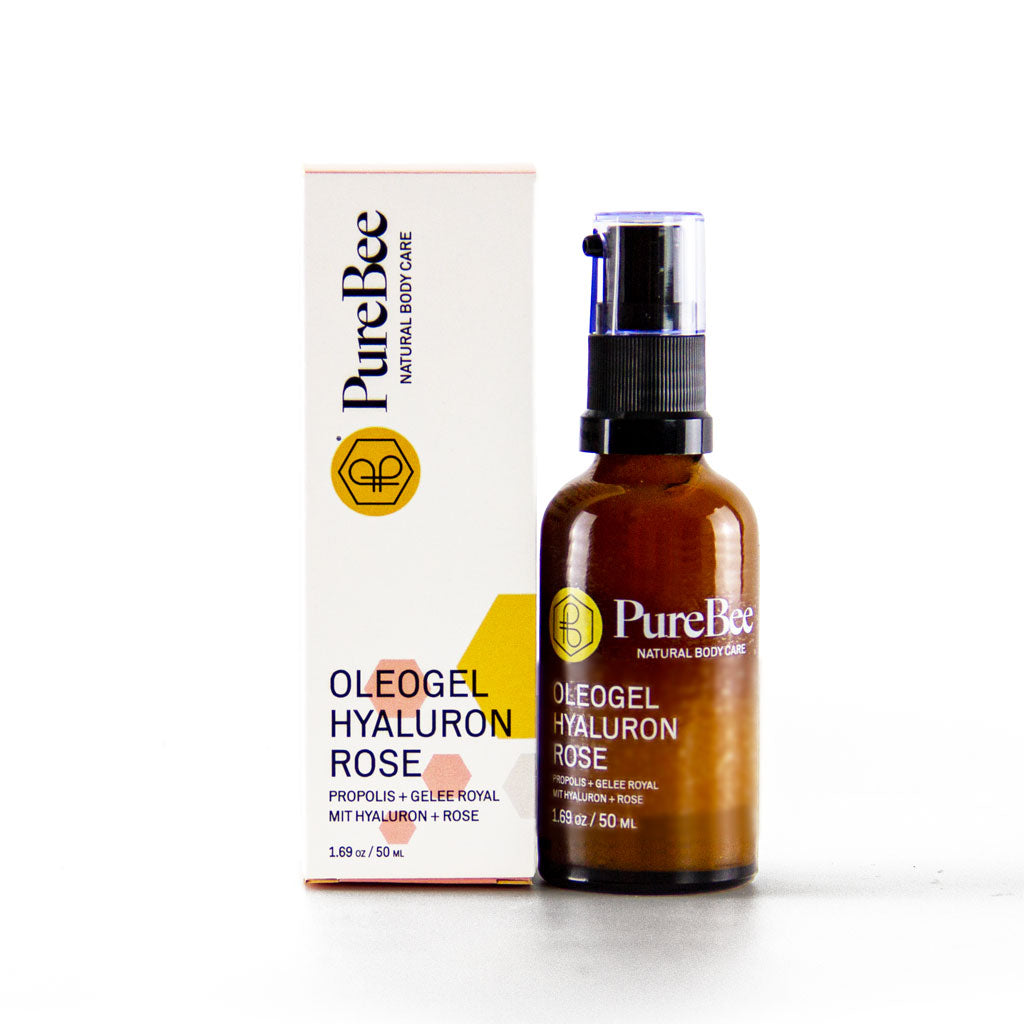Honey is a highly concentrated sugar solution. The two main types of sugar in honey are fructose and glucose. The ratio of these two sugars is one of the factors that determine how quickly a honey will crystallize. The higher the glucose content, the faster crystallization begins. Conversely, honeys with more fructose crystallize much more slowly.
What actually turns into crystals is the glucose in honey. (Fructose is more water soluble than glucose, so it remains viscous, i.e. more liquid.) Glucose, being less soluble, separates from the water in honey, binds to a microscopic pollen grain or air sac, and then takes the form of crystals. Since the crystals are denser than the remaining honey in the jar, they will collect at the bottom. As more and more glucose crystallizes, the honey goes from an unstable saturated solution to a stable saturated form, causing the honey to become thick and grainy.
Are you still with me? Great! Let's keep researching.
Almost all honey crystallizes, but not all crystallization looks the same. Some honeys crystallize evenly while others only partially crystallize, resulting in a solid layer on the bottom with a liquid layer on top. The size of the crystals also varies from honey to honey. Some form fine crystals that make a nice, smooth and creamy spread. Other honeys develop large, jagged crystals that result in a thick, grainy texture. The faster a honey crystallizes, the finer the texture.
Have you ever tried our delicious Original Cream Honey? Guess what - CRYSTALLIZED. That's right, we purposely get these honeys to crystallize quickly in a controlled environment so they develop into a smooth, creamy and sweet honey that you just can't get enough of!
You want to know why this honey is white?
As honey granulates, it loses its golden yellow or amber hue and acquires a light, almost frosty color. This is because the crystals are essentially dehydrated glucose particles and are naturally pure white.


